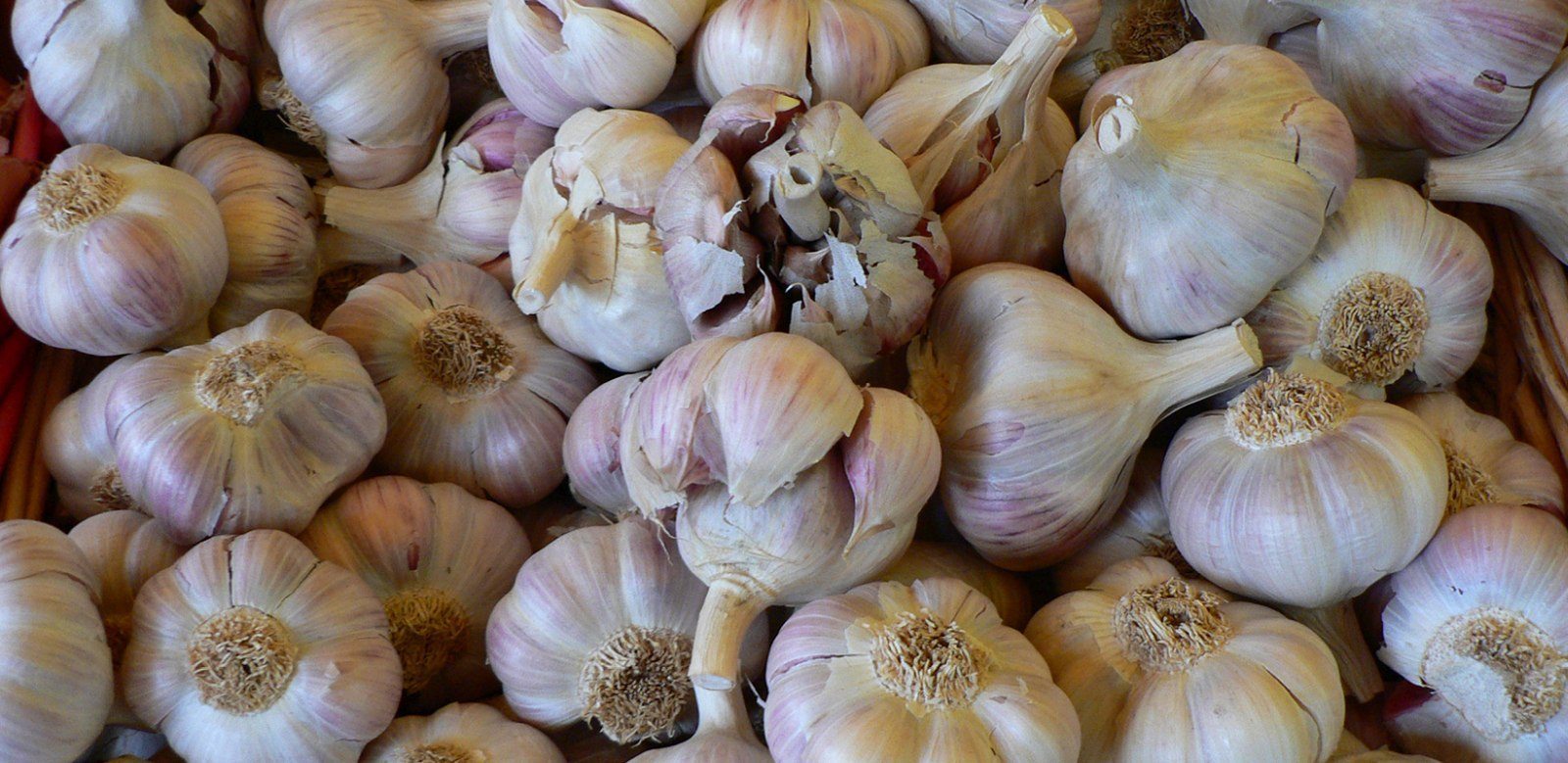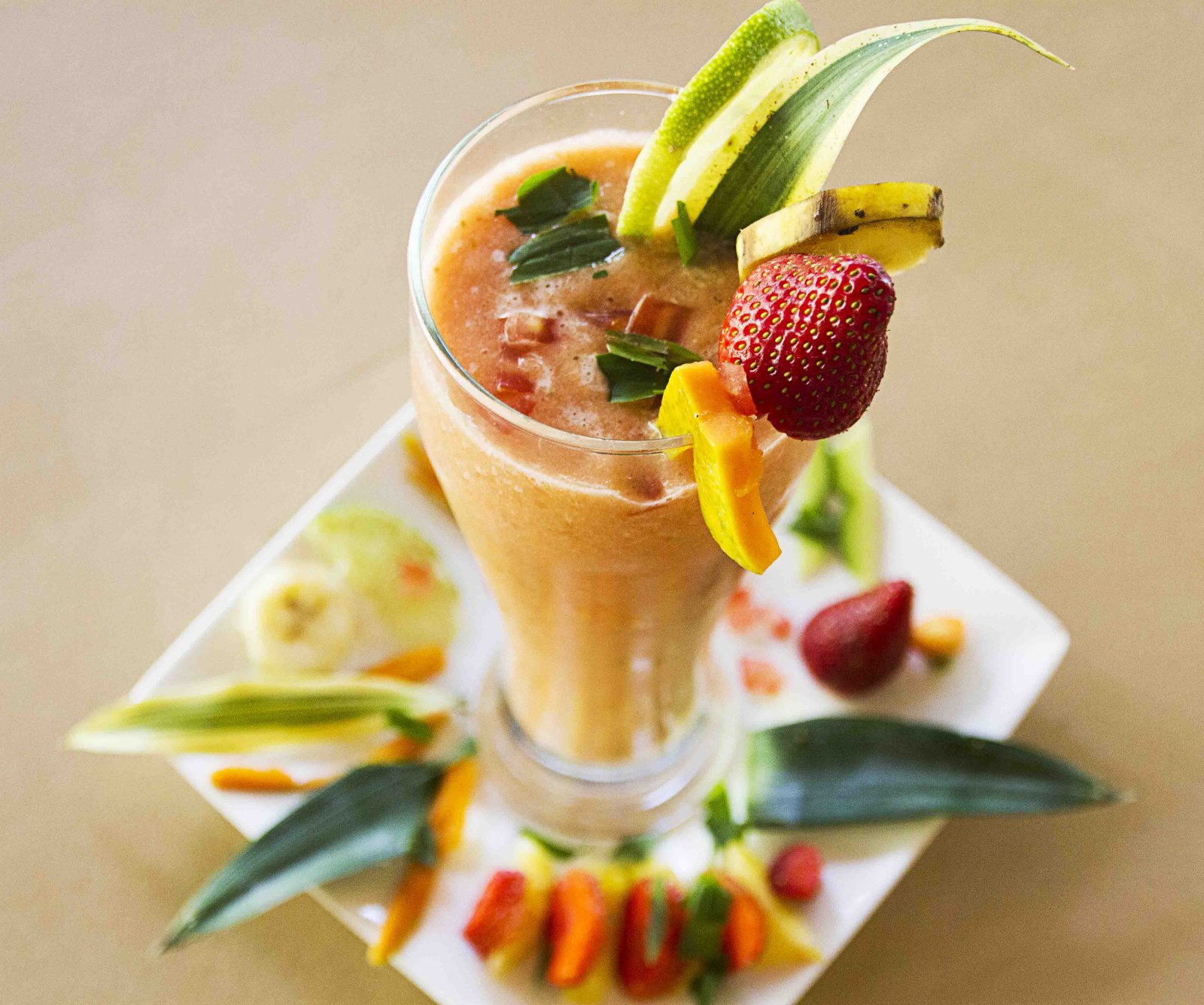
These days it seems like everyone wants to detox, but why do it? Toxins, pesticides, chemicals in household cleaning products, plastics, Teflon pans and Guanacaste’s incessant dust all accumulate in tissues, organs and the blood. While the job of your liver and kidneys is to clean the body, these organs frequently are overloaded and exceed their capacity. Symptoms of a body that’s been abused or “intoxicated” include energy loss, weight gain, fatigue and confusion, to name a few.
Following are six of the best cleansing foods for your daily detox:
1. Fresh Organic Green Vegetables – Raw or cooked, greens like spinach, bok choy, arugula and fresh green herbs such as basil and cilantro have fiber, antioxidants, vitamins and chlorophyll, which flush the liver and boost energy.
2. Garlic – Antibacterials in garlic help clear out the digestive tract while sulfur compounds – especially one called allicin – strengthen the immune system.
3. Whole Grains and Ground Flaxseed – Quinoa, brown rice, ground flaxseed and other unprocessed grains are excellent sources of soluble fiber and are packed with nutrients.
4. Cabbage – Effective at reducing inflammation in the body, cabbage can be prepared raw, lightly cooked or made into “kim chee” (aka raw sauerkraut). The probiotics in kim chee are great for boosting the “second brain,” or digestive system.
5. Fresh Fruit – Whole fruit, or occasionally 100 percent pure fruit juices, have vitamin C and are loaded with antioxidants. However, it’s important not to overdo it with fruits and fruit juices, as they are high in simple sugars. Also, people with candida or yeast overgrowth in the body should avoid most fruits and entirely eliminate fruit juices while cleansing.
6. Lemons – Lemons boost enzymatic activity in the body and are packed with phytonutrients that help cleanse almost every organ in the body.
While cleansing, remember to drink lots of water and eat or drink water-based vegetable juice, such as cucumber and celery. For an extra boost to your “daily detox” repertoire, add a bit of spice such as ginger, cayenne pepper, hot peppers or fresh hot sauce. If you’re not used to spicy or hot condiments, start by adding them to food in small amounts.







Comments